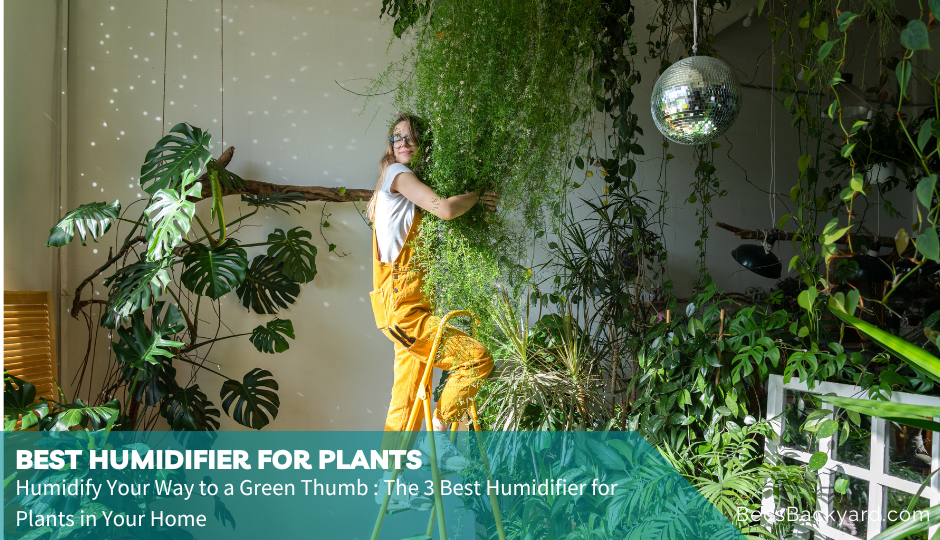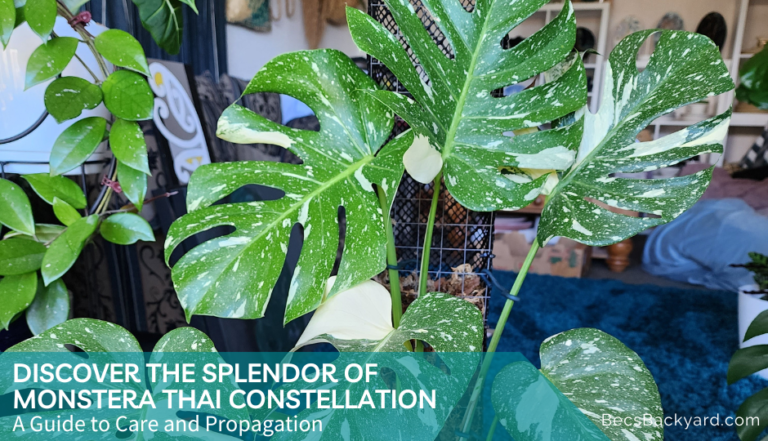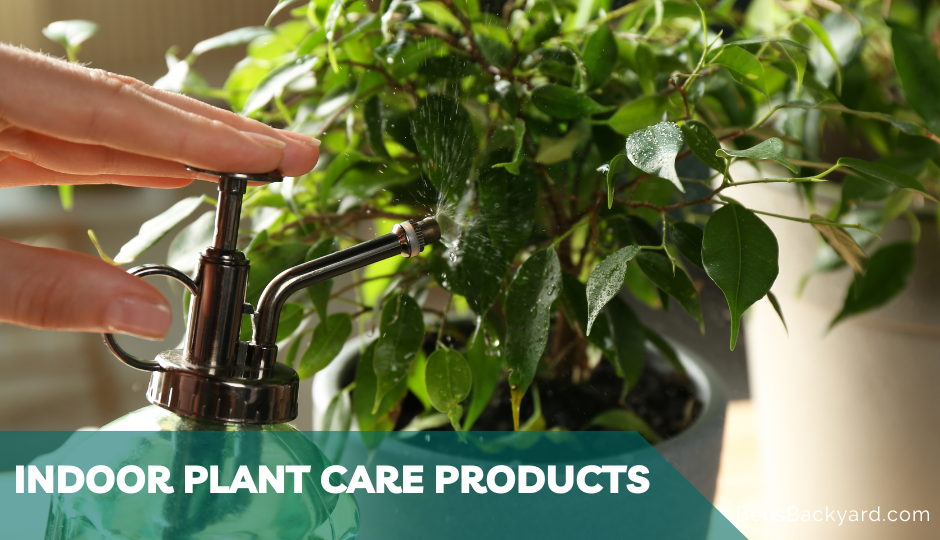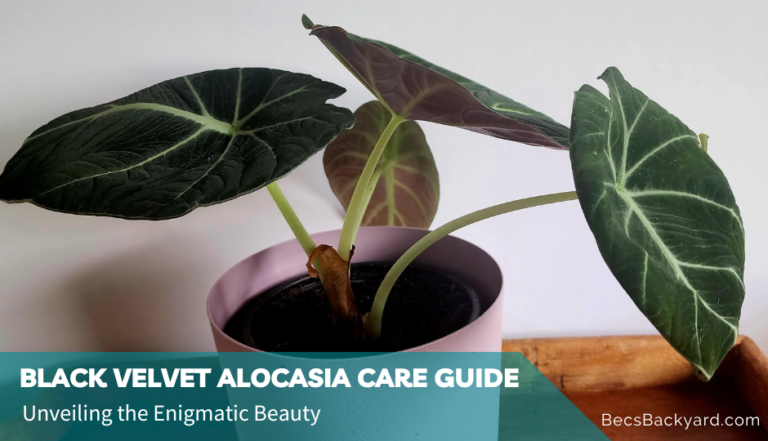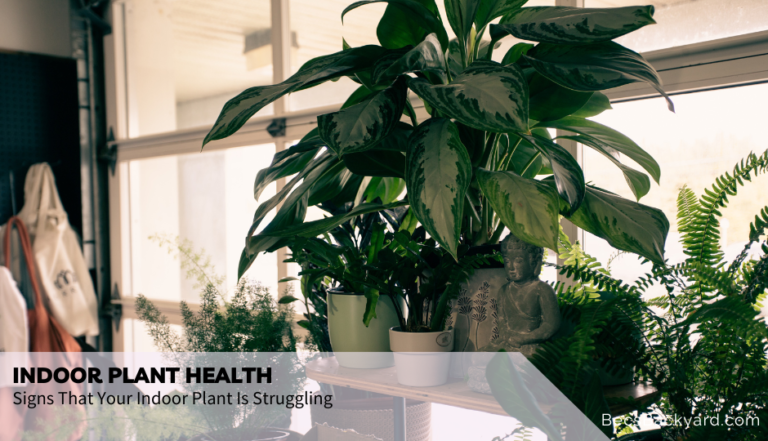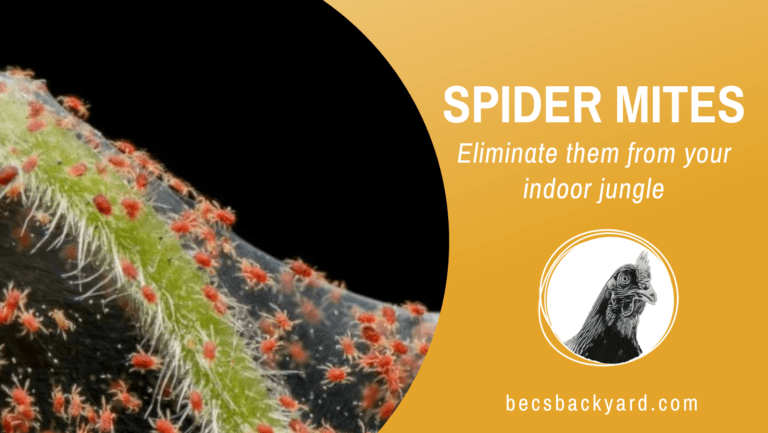Top 10 Indoor Plant Pests and How to Combat Them
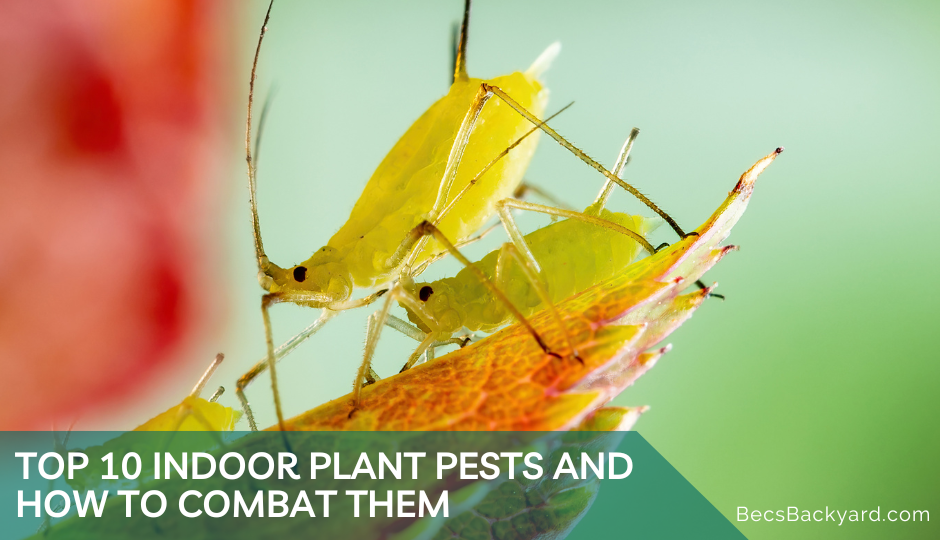
Indoor plants are not only beautiful additions to our homes and offices but also provide numerous benefits, including improved air quality and a sense of tranquility. However, just like outdoor plants, indoor plants can fall victim to pests. Dealing with indoor plant pests requires timely detection and effective strategies to prevent further damage. In this article, we will explore the top 10 indoor plant pests and provide practical tips to combat them.

Indoor Plant Pests
Aphids
Aphids are small, soft-bodied insects that suck the sap from plant leaves, causing them to curl and distort. To combat aphids, start by isolating infested plants, then manually remove the pests using a stream of water or by wiping them off with a damp cloth. Alternatively, introduce beneficial insects like ladybugs, lacewings, or parasitic wasps to control aphid populations.
Spider Mites
Spider mites are tiny pests that thrive in warm and dry environments, typically found on the underside of leaves. Combat spider mites by regularly misting your plants to increase humidity, wiping leaves with a damp cloth, or using an insecticidal soap or neem oil. Introducing predatory mites can also help control spider mite infestations.
Mealybugs
Mealybugs are small, white insects that form cottony clusters on plant stems and leaves. Combat mealybugs by manually removing them with a cotton swab dipped in rubbing alcohol. Neem oil or insecticidal soap can be effective against severe infestations. Quarantine infected plants to prevent the spread of these pests.
Scale Insects
Scale insects resemble small, round bumps on plant stems and leaves. They feed on plant sap, causing yellowing and leaf drop. Combat scale insects by gently scrubbing affected areas with a soft brush or sponge dipped in a solution of water and mild soap. Horticultural oil or neem oil can also be used to suffocate and kill scale insects.
Fungus Gnats
Fungus gnats are small, mosquito-like insects that are attracted to moist soil. To combat fungus gnats, allow the soil to dry out between waterings and remove any decaying organic matter. Sticky traps can help catch adult gnats, and introducing beneficial nematodes can control their larvae.
Whiteflies
Whiteflies are tiny, white insects that hover around plant leaves when disturbed. Combat whiteflies by using yellow sticky traps to catch adults. Vacuuming or manually removing the insects can also be effective. Consider introducing predatory insects like Encarsia formosa or applying insecticidal soap or neem oil to control whiteflies.
Thrips
Thrips are slender insects that cause silvery or bronze streaks on leaves and flowers. Combat thrips by pruning heavily infested plant parts and disposing of them properly. Introduce predatory insects like lacewings or minute pirate bugs to control thrip populations. Insecticidal soap or neem oil can also be used.
Mites
Different types of mites, such as broad mites and cyclamen mites, can damage indoor plants. Combat mites by removing infested leaves and increasing humidity around the plants. Apply miticidal sprays or neem oil to control severe infestations. Regularly inspecting new plants before bringing them indoors can prevent mite infestations.
Caterpillars
Caterpillars are the larval stage of moths and butterflies, and they can feed on indoor plants. Handpick caterpillars when spotted or use organic insecticides specifically labeled for caterpillar control. Creating physical barriers, such as mesh covers, can also prevent adult moths from laying eggs on plants.
Scales
Scales are small, immobile insects that appear as raised bumps on plant surfaces. They often have a protective waxy covering. Combat scales by gently scraping them off with a soft brush or sponge dipped in rubbing alcohol. Neem oil or horticultural oil can be used to smother and kill scales. Regularly monitor your plants for scale infestations, especially on the stems and undersides of leaves.
General Tips for Combating Indoor Plant Pests:
Maintain a clean environment
Regularly clean your indoor plants, removing dead leaves and debris where pests can hide and breed. Keep the area around your plants tidy to discourage pest infestations.
Monitor regularly
Inspect your plants regularly for signs of pests. Look for sticky residue, yellowing leaves, distorted growth, webs, or any other unusual signs that may indicate an infestation.
Isolate affected plants
If you spot pests on one of your plants, immediately isolate it from the rest to prevent the infestation from spreading.
Use natural remedies
Consider using organic pest control methods, such as insecticidal soaps, neem oil, or homemade solutions like diluted vinegar or garlic spray. These options are less harmful to the environment and safe for indoor use.
Introduce beneficial insects
Beneficial insects like ladybugs, lacewings, or predatory mites can help control pest populations naturally. These insects feed on common indoor plant pests and can be purchased online or at garden centers.
Maintain proper plant care
Healthy plants are more resistant to pests. Provide appropriate lighting, watering, and humidity levels for your indoor plants. Avoid overwatering, as it can create a favorable environment for pests and fungal growth.
Quarantine new plants
Before bringing new plants into your indoor garden, inspect them thoroughly for signs of pests. Quarantine them for a few weeks to ensure they are pest-free before introducing them to other plants.
Practice preventive measures
Boost your plant’s defense mechanisms by using organic fertilizers, providing adequate airflow, and periodically cleaning the leaves with a damp cloth to remove dust and debris.
Conclusion
While indoor plants can face challenges from pests, being proactive and implementing the right strategies can help you combat infestations effectively. Regular monitoring, early detection, and appropriate pest control methods will ensure the health and vitality of your indoor plant collection. By following the tips provided in this article, you can protect your plants from the top 10 indoor plant pests and enjoy a thriving indoor garden.

